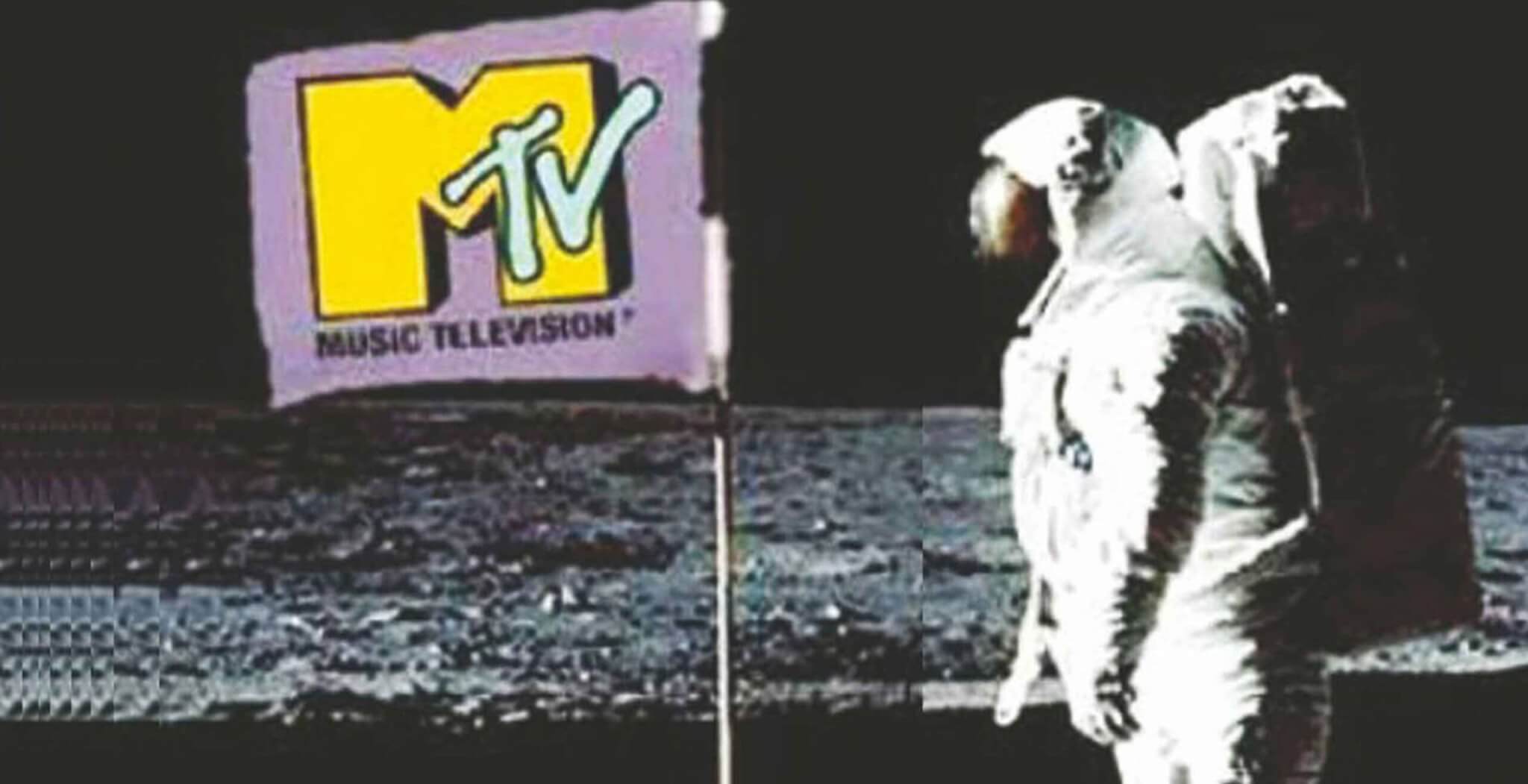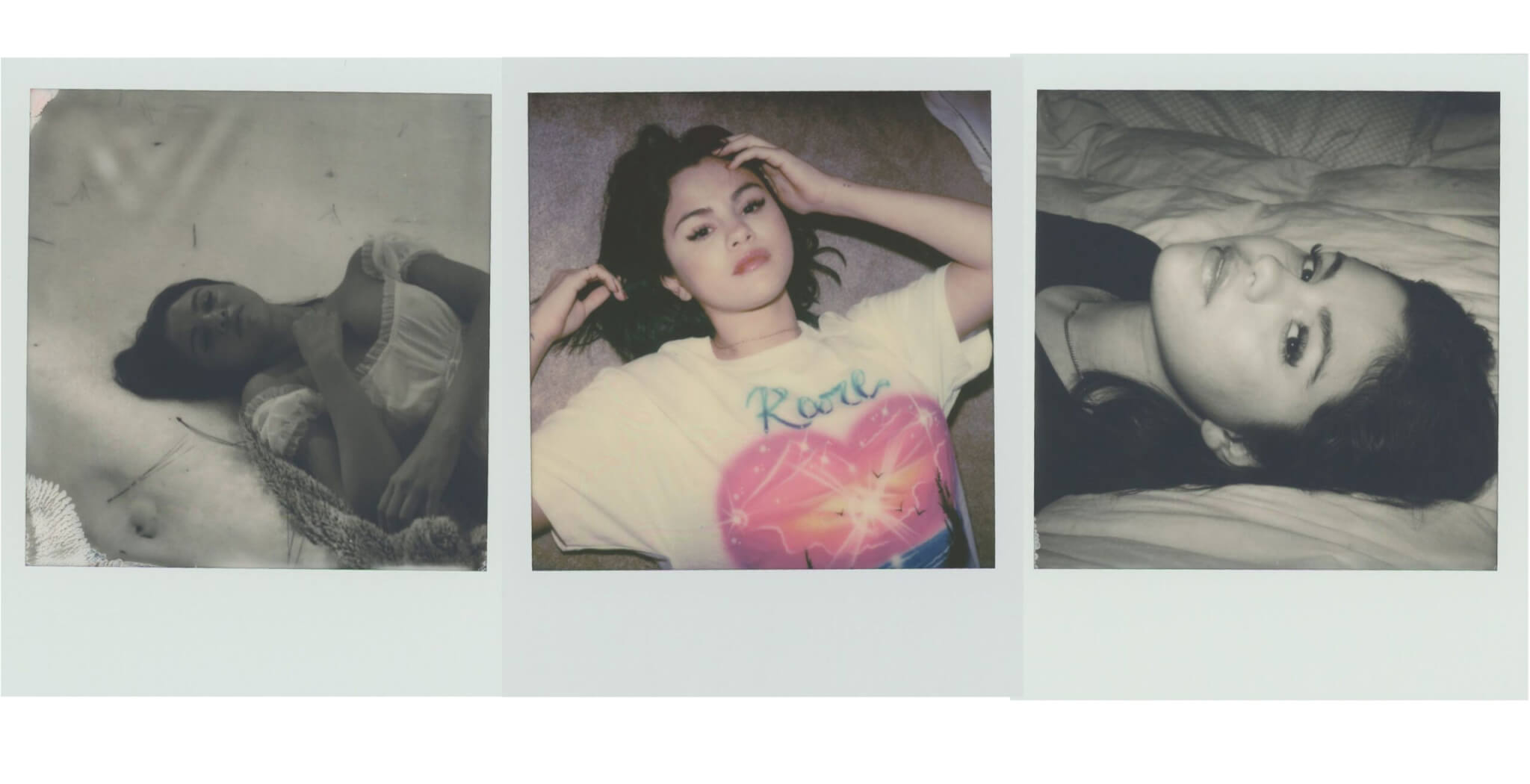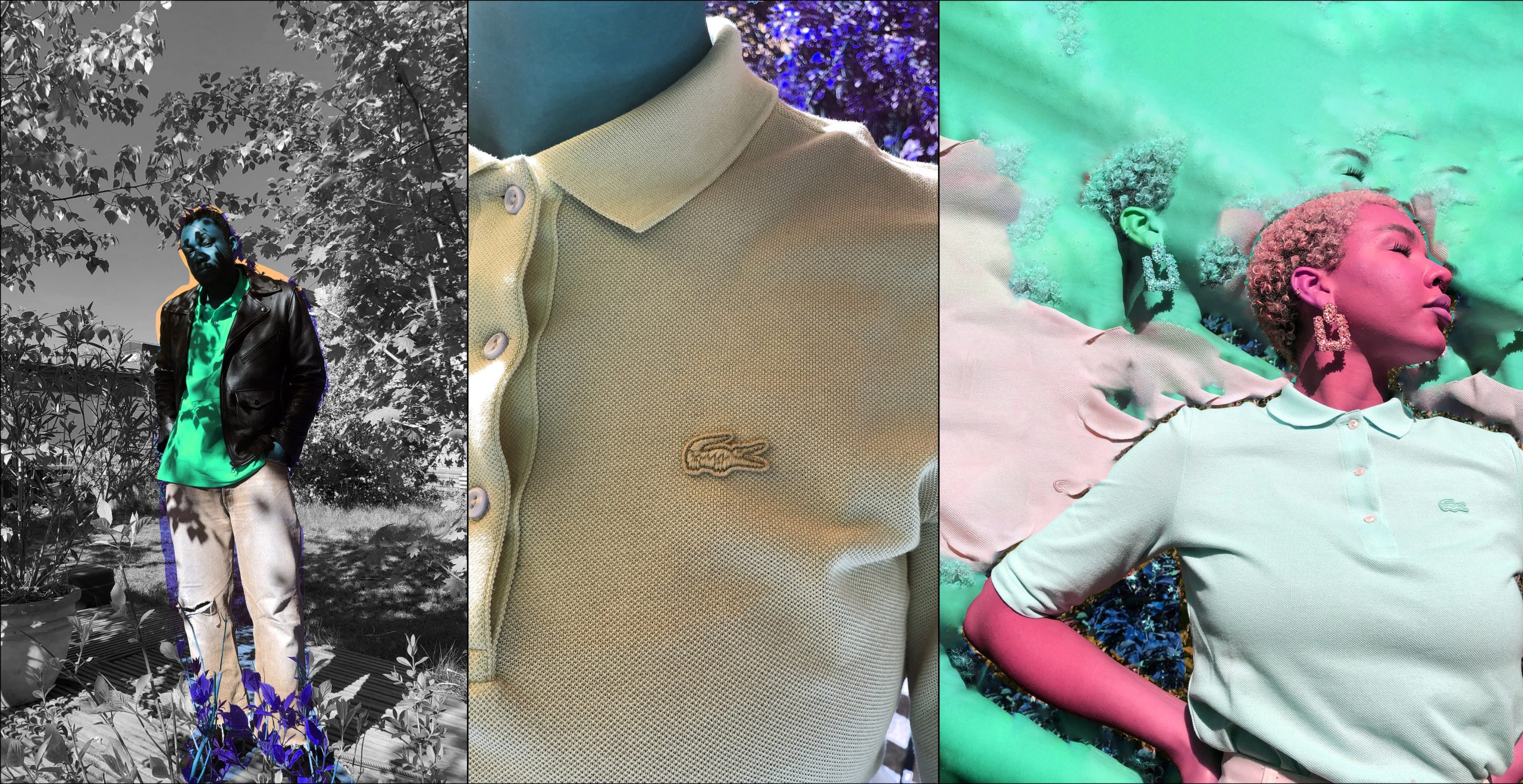During the 1950s, television’s popularity soared, leading to the integration of visual elements into pop culture. As video technology and broadcasting platforms advanced, musicians realized they could pre-record videos to substitute for their in-person appearances on TV shows. This innovation allowed them to reach a wider audience by appearing on multiple local shows without the need for extensive travel.
The Beatles, for instance, recognized this opportunity and created films for their songs “Paperback Writer” and “Rain.” These “promotional videos” were initially simple and short, designed for practical purposes and early mass consumption. However, artists and music labels soon realized the potential of video formats to showcase their creativity. In the 1970s, notable names such as ABBA, Queen, David Bowie, Kate Bush, and Giorgio Moroder embraced the eccentricity of music videos, exemplified by the timeless hit “Bohemian Rhapsody,” which has been endlessly remade, parodied, celebrated, and copied over the past four decades.
During this time, promotional videos played on local television, movie theaters, and popular TV shows like The Ed Sullivan Show and The Smothers Brothers Comedy Hour. However, it was the emergence of PopClips, the first-ever music video television program, airing weekly on Nickelodeon, that sparked the idea of a dedicated platform for music videos. Although PopClips didn’t last long and got cancelled in early 1981, it paved the way for a more ambitious project—an upcoming 24/7 video streaming service.
Many consider August 1, 1981, as the birth of the music video era. On this day, MTV’s video jockeys (VJs) promised to revolutionize the way we consume music and entertainment. Despite facing initial challenges, MTV has significantly shaped the music industry and our generation’s cultural landscape.
In the 1980s, American popular culture was predominantly influenced by principles that clashed with Black culture, which became evident in MTV’s video rotation. African-American artists were notably absent, perpetuating a color barrier. While MTV aimed to air rock singles all day long, they struggled to gather a sufficient number of videos to create compelling and diverse programming. Additionally, the channel continued to dismiss Black videos, claiming they didn’t align with their rock-oriented format. Record companies also refrained from investing in Black music videos, assuming MTV wouldn’t select them. This situation mirrored the racial segregation prevalent in radio stations during the 1950s.
Today, MTV has established strong connections with influential musicians such as Beyoncé, Jay-Z, and Kanye West. However, looking back, MTV faced challenges in adopting a progressive stance and breaking down the color barrier, despite claiming to embody a rebellious spirit. Two years into its journey, the channel faced criticism for being overly ambitious and fostering an overall discontent regarding racial representation.
One notable instance was when David Bowie addressed these sentiments during an on-camera discussion with VJ Mark Goodman while promoting his album Let’s Dance. Bowie expressed his astonishment at the lack of Black artists featured on MTV, questioning the reasoning behind it. Goodman appeared taken aback before explaining that the channel aimed to cater to its audience’s preferences. The encounter grew tense as Bowie argued, “I’ll tell you what may be the Isley Brothers or Marvin Gaye means to a Black 17-year-old (…). Surely he’s part of America as well,” highlighting that the few Black artists featured on MTV were only shown between 2:30 and 6:00 in the morning.
Who Made it First?
“Video Killed the Radio Star,” the first music video ever streamed on MTV, resonated with the audience when Michael Jackson got played on MTV after a long dispute. This wouldn’t have happened if Walter Yetnikoff — president of CBS Records International represented award-winners Cyndi Lauper and Billy Joel at the time — didn’t threaten to pull their artists from MTV. But before this tension dissolved, Michael Jackson took the stage during the 25th anniversary of Detroit’s record label Motown and his moonwalk dance and sequin jacket were seen by millions of people on the NBC channel.
The rest is history.
How could MTV not play on high rotation a (Black) musician who was selling a million copies a week? There was no argument against it. Jackson’s performance and exquisite approach to fashion set a new era for music videos — “Billie Jean” paved his way to star in the 14-min music video “Thriller,” which has been considered the most expensive video ever made at the time. These two singles, ironically, became staples of MTV and brought a wider audience to channel. His rise opened the gate to a generation of musicians that had been so far invisible, and their significance shaped American popular culture, with MTV expanding these frontiers.
Jackson’s rival Prince and other prominent Black artists such as Donna Summer, Whitney Houston, Eddy Grant and Herbie Hancock came into the spotlight during that decade too, making the channel profile as one that’s revolutionary and integrated. That was an interesting decade for music and pop culture, with them along with Madonna leading MTV away from rock and into a pop megastar era.



























